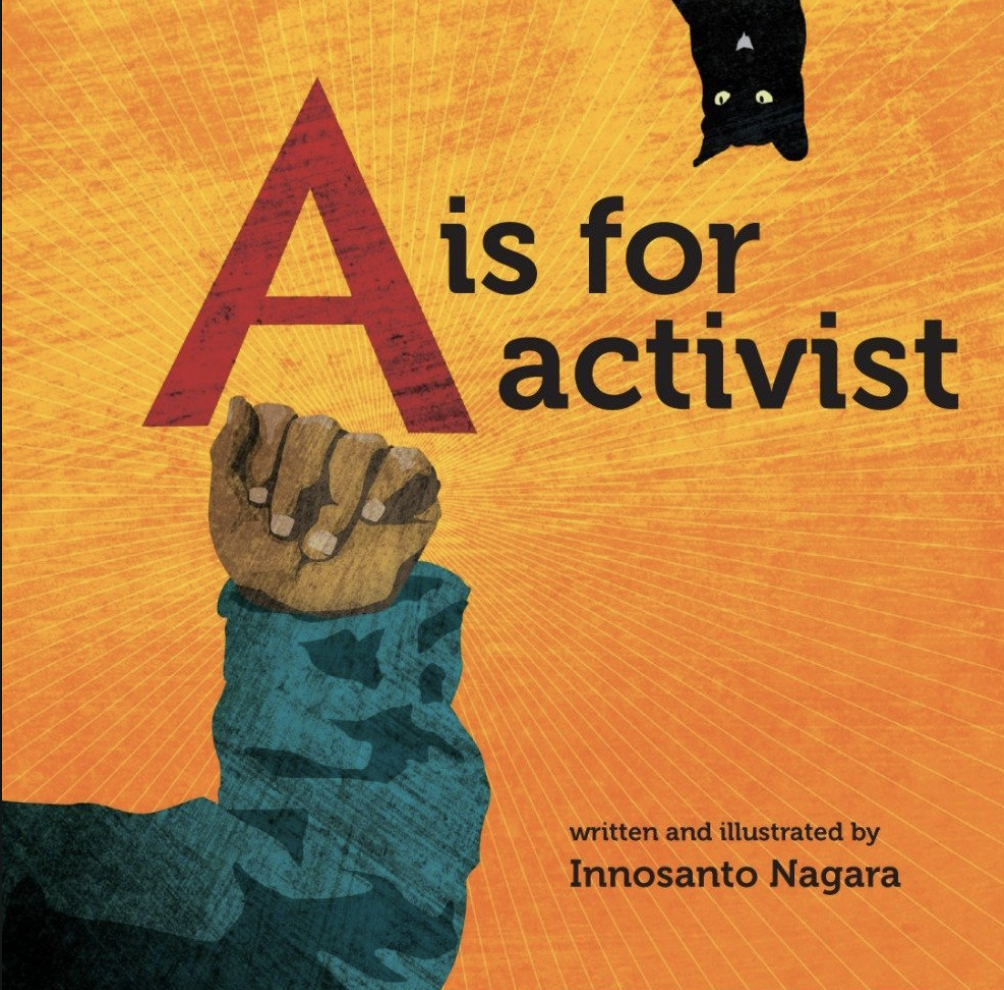Black Lives Matter Curriculum
This page highlights some of the work done annually by groups of teachers as part of courses in 2019, 2021, and 2022. The courses were taught as a collaboration between the Baltimore Teachers Union Professional Development Center and TDP. The goal of the courses was to research and design Black Lives Matter focused curriculum that can be shared and used during the Black Lives Matter week of action in Baltimore City Schools each February. Please feel free to download, adapt and use.
Black Lives Matter Curriculum 2019
BLACK BUTTERFLY AND THE WHITE “L”: RACIAL SEGREGATION IN BALTIMORE (High)
This unit focuses on learning about what Baltimore was like historically and how segregation and disinvestment has disproportionately negatively affected Black communities.
GOOD IN THE ‘HOOD (Middle)
The Good in the ‘Hood curriculum is based on the understanding that there is value in every community. The BLM principle that steers this curriculum is “Unapologetically Black”. In the Good in the Hood curriculum, students not only explore undervalued resources but are challenged to advertise the resources to bring more attention to the “good in the ‘hood”.
methods of civic activism
This unit introduces scholars to key concepts of community organizing. Scholars also gain an understanding of how community organizing works using real examples from Baltimore, and explore how it is an effective tool for making real improvements in their communities.
students as leaders: community activism (early elem)
This unit focuses on characteristics and qualities of an effective leaders. Students look at broader issues and connect how they are applicable to their communities. This unit is to empower and spark curiosity in our future world cultivators.
uniquely me (elementary)
This unit focuses on promoting positive aspects of Baltimore and self-affirmation within students. Students will explore things about them that make them special in order to gain an understanding of their uniqueness and where they stand globally.
africa to baltimore (elementary)
This unit focuses on figures of African descent from Baltimore and ancient Africa. Students will learn about one important individual as a class. Students will also choose and research their own important individual to write a 3 paragraph essay about their life.
black women: baltimore and beyond (middle)
This unit focuses on learning about African American woman both locally (Baltimore born/established) and nationally who have used their talent to re-invest in their community.
Black Lives Matter Curriculum 2021
BLM Principles (high)
This high school visual arts curriculum covers some of the principles of the BLM movement— restorative justice, celebrating queerness, diversity in Black families, youth activism and Black women artists.
The Avenue (High)
This high school history curriculum celebrates blackness through learning about Baltimores Black arts district on Pennsylvania Avenue then and now.
FLight Features (Middle)
This ELA curriculum engages young learners in Black lives through culturally relevant books and exploring the idea of freedom.
Black History & Math (High)
This math curriculum covers the history of African mathematics and its contributions to arithmetic and algebra, modern history of Blacks in math and maths relationship to civil rights.
Student Teach-In (HIGH)
This curriculum has students analyze the legacy of teach-ins in social change movements and connect that legacy to the BLM movement. Throughout the week students plan their own teach-in.
Equitable Communities (High)
In this ELA curriculum, students design a community where Black lives matter
Raising Your Voice (Elementary)
This ELA curriculum covers the history of how black Americans have used their voice to raise awareness about equality
African Empires (elementary)
This 4th grade French immersion curriculum allows students to analyze great African Empires before colonization in West Africa.
Black Lives Matter Curriculum 2022
Click each button to access the lesson plans.
LESSONS FOR K, 5TH AND 6TH GRADE
3 teachers in Kindergarten, 5th and 6th grade collaborated to create a week’s worth of lessons using: Langston Hughes’ poem, “Mother to Son;” “Brown Bear, Brown Bear What do You See?” and Photos of graffiti art in Baltimore.
EQUITABLE AND INCLUSIVE COMMUNITIES (Elem/Middle)
For Elementary and Middle School. 3 teachers designed this week of lessons that focus on how students can be the best that they can be, who inspires them, and how the Black Lives Matter movement has brought change to their school and their community.
LESSONS ON THE BLM PRINCIPLES OF “COLLECTIVE VALUE” AND “BLACK VILLAGES” (high)
This week’s worth of lessons is a collaborative effort by 5 high school teachers. The lessons follow the BLM principles of “Collective Value” and “Black Villages.”During the week, students learn about: the origins of the BLM movement, starting after the death of Trayvon Martin in 2013; the backlash and controversy surrounding the term “All Lives Matter;” and reflect in writing about their own perspective on BLM.
5 LESSONS ON CONTEMPORARY TOPICS AROUND JUSTICE, RESTORATIVE VALUES, BIAS, AND THE BLACK EXPERIENCE (HIGH)
These 5 high school lessons use: “Dear Martin”, by Nic Stones; a discussion of various scenarios involving conflict within their classroom, school, community, and the world; standards related to Restorative Justice; the impact of bias in laws and institutions; and the poem “For Women” by Talib Kweli.
BLACK WELLNESS 101(middle)
This collaboratively developed curriculum explores: the definition of wellness, strategies to improve students’ own sense and experience of wellness and health, and the systems and resources that are in place to promote Black wellness. As part of the week’s lessons, students assess their own physical strength, agility, speed, and endurance. They also discuss emotional and sexual health. Day five involves inviting speakers to address the students on specific health related topics.
FIVE KINDERGARTEN LESSONS USING “BROWN BEAR,” SPANISH AND THE CONCEPT OF COLOR
Students read “Brown Bear, Brown Bear” and use images of different cultures/ representations of daily lives to show how colors have meaning and are connected to cultural events and celebrations (e.g. Lunar New Year celebration, Kwanzaa celebration, Holi festival of color in India, Dia de los muertos (Mexico), LGBTQ+ Pride parade, La Tomatino (Spain), Mardi Gras?, a Quinceañera celebration, pictures of common community places in our Baltimore neighborhood (e.g. playground/ park, church, row homes, corner store, school, Ravens/ Orioles).
THE RACIAL WEALTH GAP (high)
Students learn about the origin and development of the racial wealth gap in the US. They watch a brief video that explains how the gap was created, learn statistics that may be surprising, discuss what they are learning with their families, and design a presentation to show what they have learned.






















